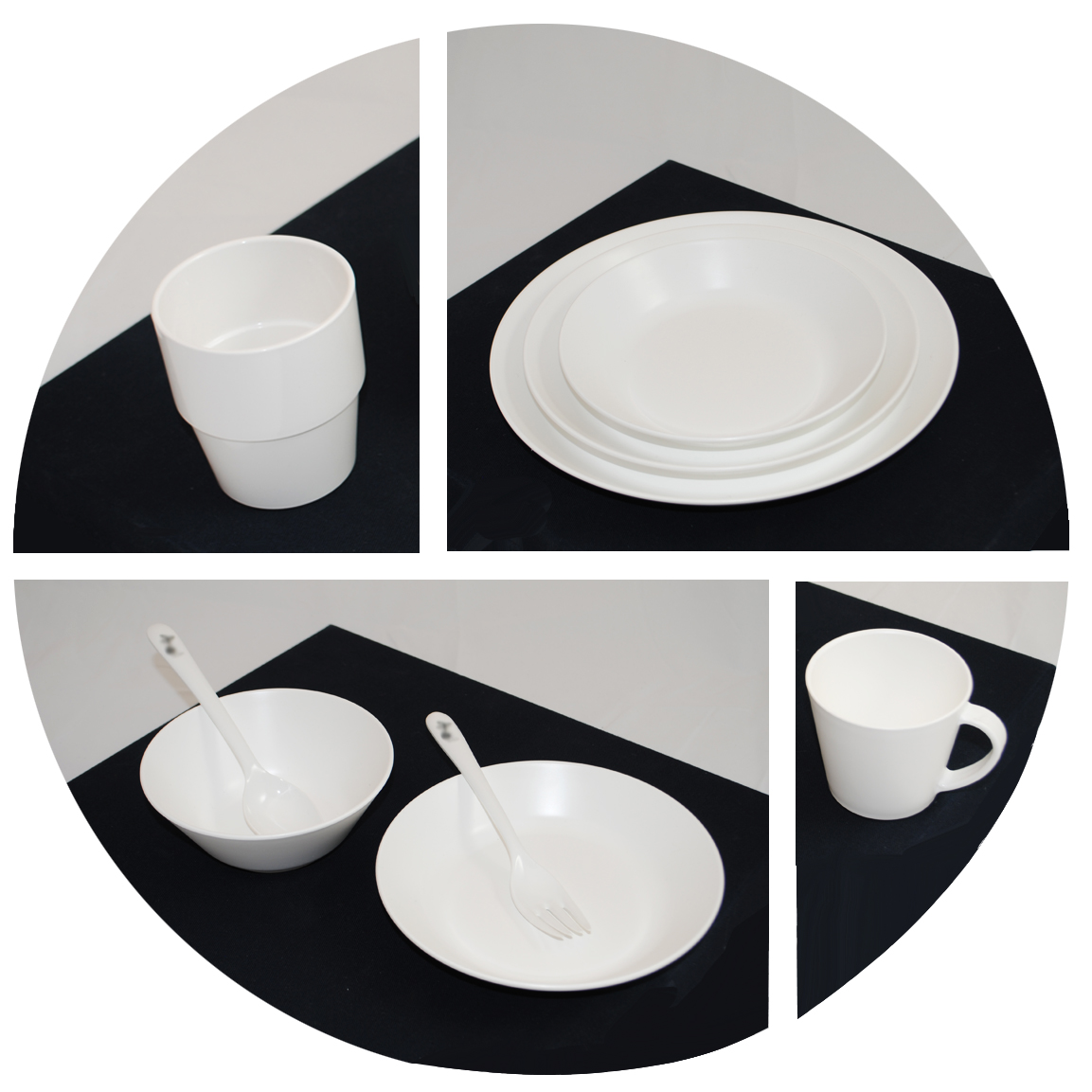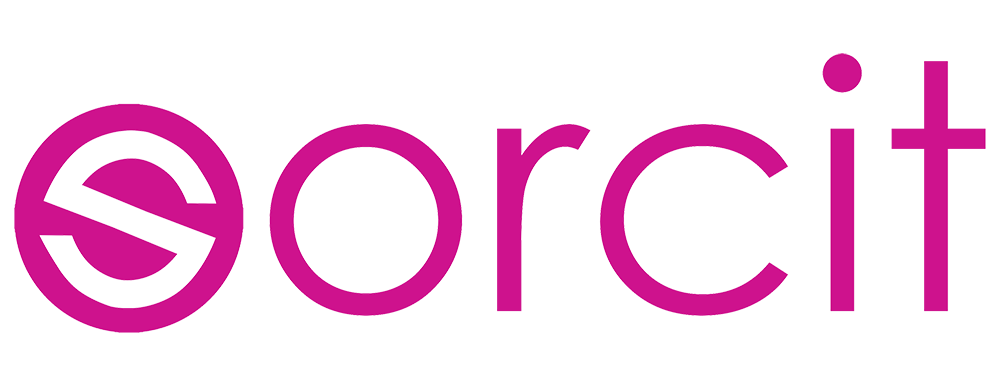RPET
Recycled polyethylene terephthalateRPET – Recycled PET
Rejuvenating PET products using this method can have a huge impact on the amount of plastic sent to landfill. There are currently national campaigns underway to increase the amount of plastic that’s recycled, yet, at last count, less than half of the plastic bottles purchased in a year go to recycling facilities. As businesses grapple with the ecological repercussions of this, innovative ways of using rPET in products are on the rise. As processes become more streamlined, the costs to businesses and consumers will reduce and make rPET even more attractive in an eco-friendly world.
Plastics remain problematic for the environment. It’s good to note, however, that creating a new water bottle from 100% rPET requires 75% less energy that creating a bottle from PET. In this sense, fewer resources are required to manufacture it and that protects the landscape while reducing carbon emissions. Recycling PET and creating something entirely new is therefore a tangible way of making use of the plastic mountain than we hear about every day.
The textile industry is embracing rPET in various ways. The polyester fabric that can be created from rPET has vastly reduced carbon footprints to other types of fabric. For instance, this footprint is 90% less than nylon, 75% less than virgin polyester, and 50% less than organic cotton. The possibilities for rPET within the textile industry depend as much upon commitment to eco-friendly practices as they do the technology to streamline and improve rPET processes.

Rejuvenating PET products can have a huge impact on the amount of plastic sent to landfill
As businesses grapple with the ecological repercussions of this, innovative ways of using RPET in products are on the rise.
Made from recycled PET
Huge impact on landfill
75% less energy
Reduced carbon footprints
Eco testimonial title
Fusce sagittis urna sit. aliquam.
Fusce vestibulum magna sit amet nunc ultrices aliquam. Integer tristique nulla a ornare porta. Fusce sagittis urna sit amet nisi efficitur aliquam. Nullam lectus dui, malesuada vel nisi mattis, lobortis mollis elit.
Fusce sagittis urna sit. aliquam.




